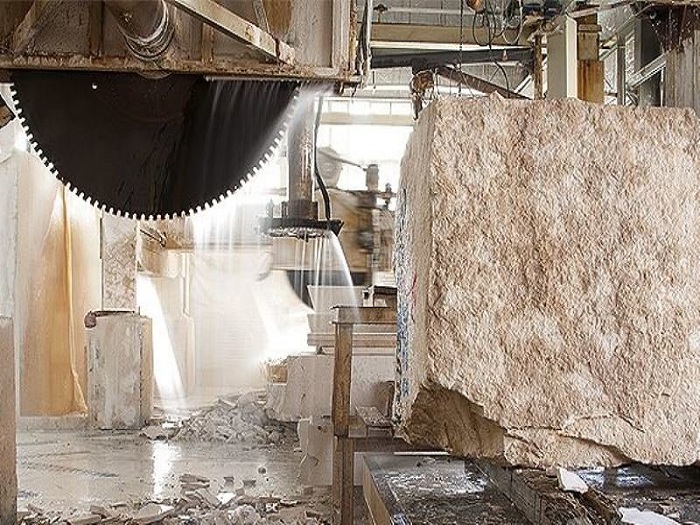Lack of liquidity is the most important reason for the recession of industrial units

By the end of last year, more than 959,000 people were working in the units that were put into operation in towns and industrial areas, about 50% of the total units are active in the metal and chemical industries and about 57% of 8521 inactive units due to shortage Their production liquidity has stopped.
According to the International Stone Exhibition of Iran, based on the latest information published by the Small Industries and Industrial Towns Organization of Iran, by the end of last year, a total of 47,509 industrial units in the country with employment of 954,989 people have been put into operation, of which 8,521 units One of them is inactive with more than 146,000 employees.
Half the units are small
Also, according to this statistic, 41% of the total 47,509 units located in settlements and micro-industrial areas, 52% are small, 6% are medium and 1% are large.
In terms of employment, 11% of employment has been created in micro units, 49% in small units, 21% in medium units and 19% in large units.
In terms of investment, small units are also in the forefront, so that 42% of investments in industrial estates have been made in small units, 24% in medium units, 21% in large units and 13% in small units.
Activity of half of the units of industrial towns in metal and chemical industries
According to the report, out of a total of 47,509 units located in towns and industrial areas, 26.1% in the metal industry, 22% in the chemical industry, 17% in the food and beverage industry, 11.8% in non-metallic minerals, 7.2% Percent are active in the cellulose industry, 7.1 percent in the service sector, 5.4 percent in the textile industry and 3.4 percent in the electrical and electronics industries.
26.8% of the units operate with more than 70% capacity
At present, about 15 thousand and 222 active units, ie 39% of the total active units, in industrial towns with a capacity of less than 50%, 13 thousand and 298 units, equivalent to 34% of units with a capacity of 50 to 70% and 10 thousand and 468 26.8% of the units operate with a capacity of more than 70%.
Status of stagnant units
Meanwhile, a survey of inactive units shows that 56.9% of inactive units due to lack of liquidity, 16.1% due to lack of market, 18.3% due to unknown reasons, 3.7% due to differences between partners, 2. 6% have stopped production due to raw material supply, 1.5% due to lack of machinery, 0.5% due to judicial problems and 0.4% due to infrastructure problems.
Also, most of the units, ie more than 3500, equivalent to 41.9% of the total 8521 inactive units in the period between 1396 and December 1399 suffered from stagnation and production halt.










